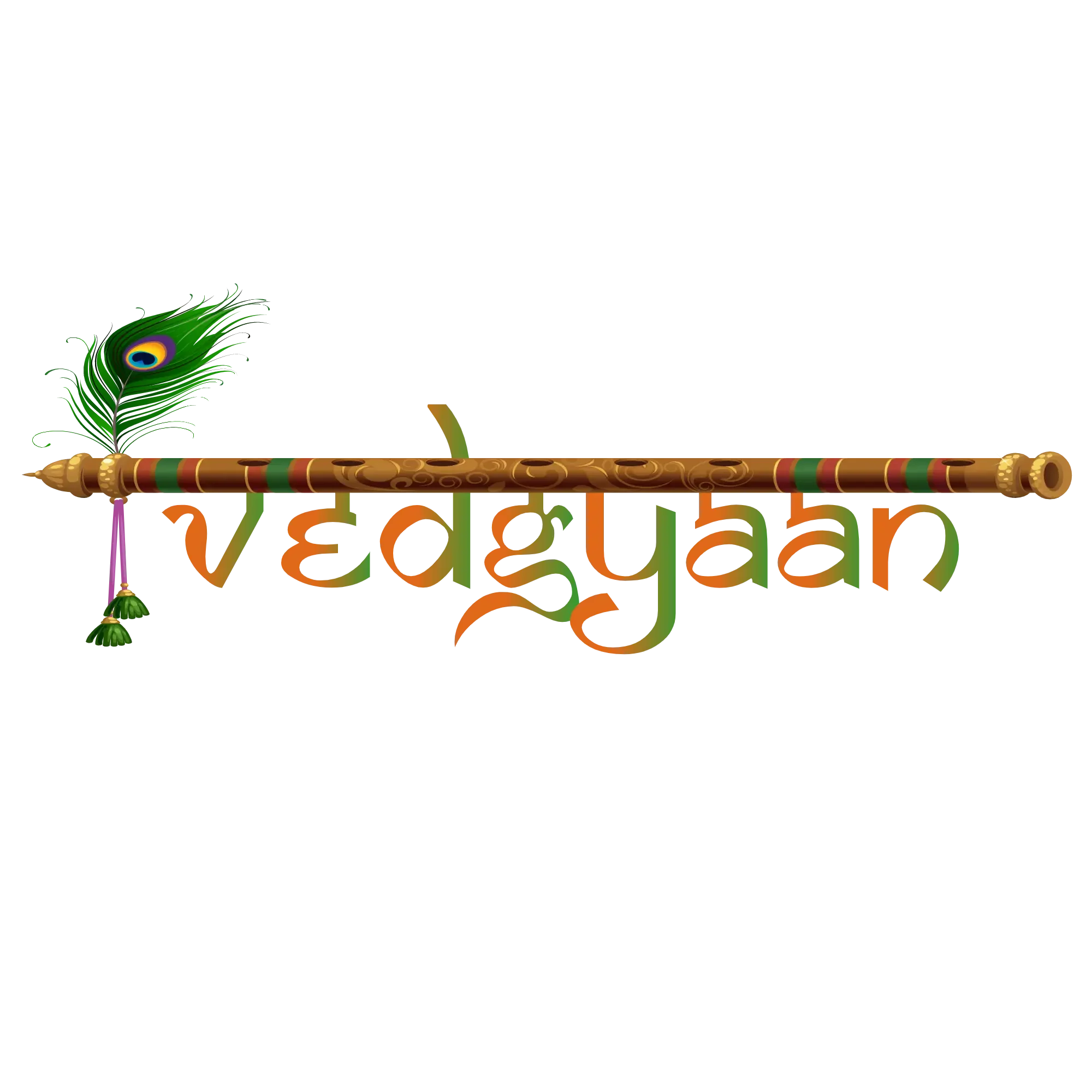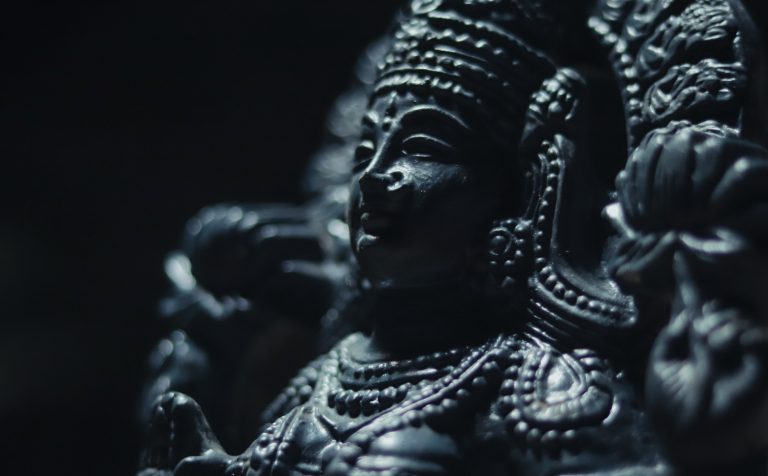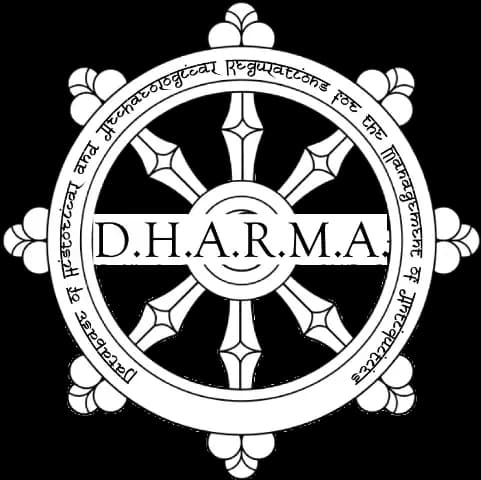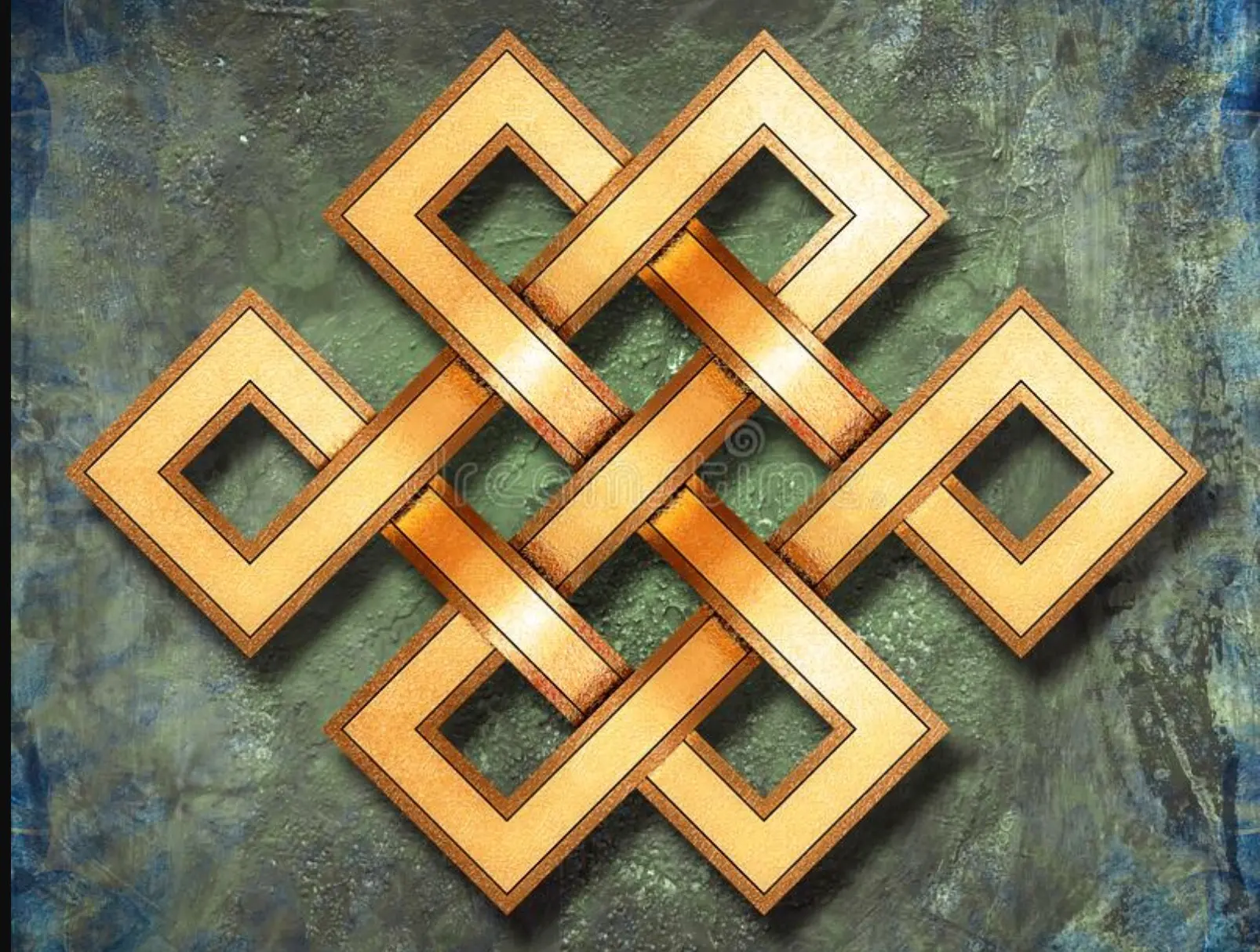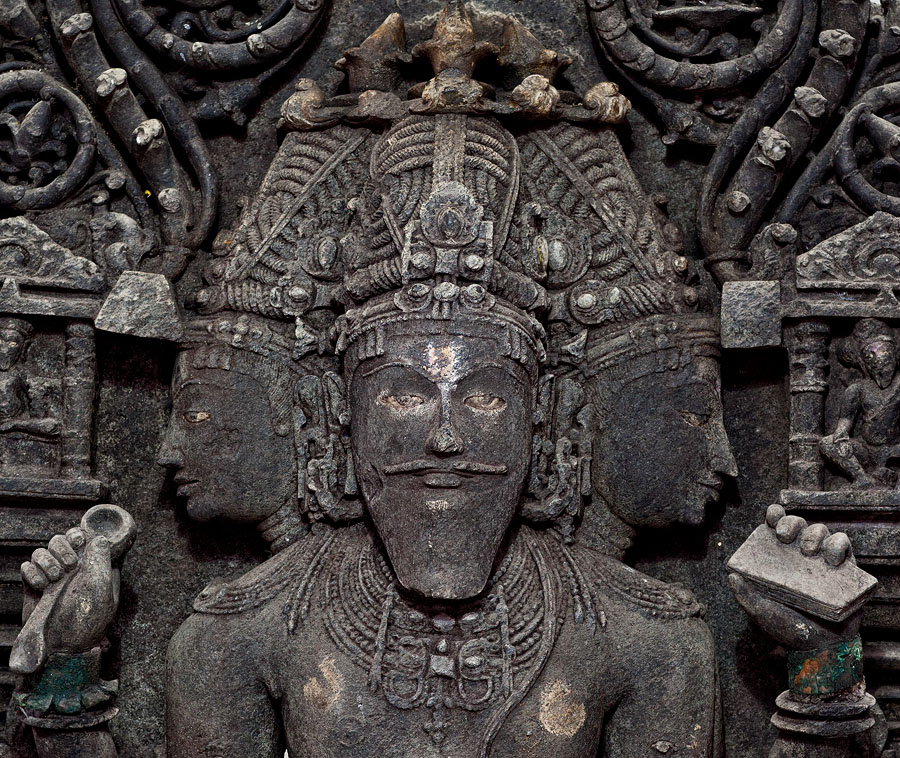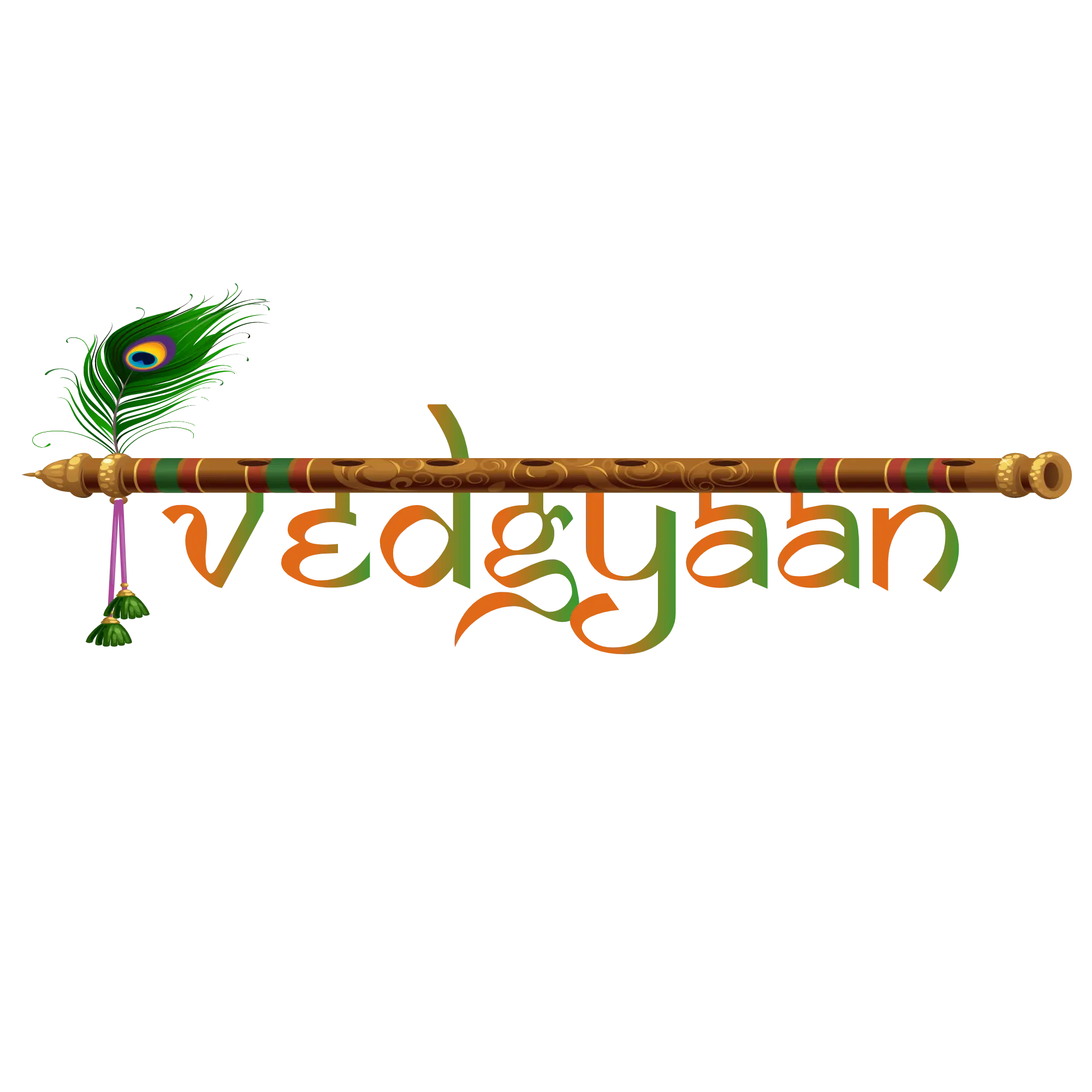Ātman, the Hindu concept of the soul, is essential to life just as a driver is to a car, water is to a fish, and wings are to a bird. Similarly, Life cannot exist without Ātman it is the sustainer of life, oxygen to our lungs, and the heart and soul of Hinduism. Atman is the core of every one of us – The true essence of all life. The gateway to liberation and ultimate freedom, Devotees far and wide strive to truly unite with their Atman, in the hopes of achieving absolute freedom – True liberation and ultimate peace.

(Public Domain)
What is Ātman?
Ātman or Atmaa is one of the central ideologies of Hinduism and refers to the soul, a universal sense of self, or the source of one’s personality or character. The building block of Hinduism, the Atman is what makes one inherently human and alive – giving one their personality and character.
The core of any mortal or immortal, the soul is the true essence of oneself, the physical body acting as merely a shell or form of shelter for the Atman. Just as how Brahman (Supreme Godhead) drives and prolongs the functioning of the universe, the Atman drives and prolongs the functioning of oneself.
It is believed that to truly achieve enlightenment, one must be in perfect symphony with their Atman and realize their true sense of self. The ultimate form of enlightenment is completed when the Atman unites in divine harmony with Brahman – the ultimate union in the universe.
The Atman is considered to be non-material and divine – unchanging and unaffected by the passage of time. Unlike the physical body of flesh and bone, the Atman is independent of human restraints such as age, gender, occupation, or physical harm. Eternal and everlasting, the Atman cannot be bruised, burnt, harmed, or killed.
Origin of the word Ātman
Atman, derived from the Sanskrit word Atma, means “essence”, “soul” and “breath”. Just as how breath keeps the physical body alive and functioning, the Atman is the essence or ultimate breath of life.
In addition to this, Atman also translates to “Real Self”, as it is believed to be the quintessence of a person, free and unbounded by societal, gender, and religious norms. In the Advaita Vedanta, the Atman is referred to as “the pure, self-shining, divine consciousness”.
The Atman was first mentioned in the Rig Veda, followed by the Upanishads and the Bhagavad Gita, firmly establishing it as one of the most significant and fundamental aspects of Hinduism.
Ātman in Hinduism
The Atman is the very heart and soul of Hinduism, the driving force behind a plethora of major beliefs. In Hinduism, The Atman is the very essence of oneself- their true identity, evergreen and eternal, untouched by time. It is also very closely associated with Brahman, the very force from which life has originated.
One of the most fundamental beliefs in Hinduism, the Atman undergoes a cycle of life, death, and rebirth, until it achieves salvation. Known as Samsara or birth cycle, the Atman merely transmigrates from one physical body to another, when the physical body has reached the end of its life. The Atman forms the real essence of oneself while the physical body is solely an outfit.
The Atman is driven by its Dharma (right way of life), the dutiful way one must lead one life to walk on the path of righteousness. Dharma is determined by one’s Karma – the consequence of one’s actions on earth. The better one’s Karma, The better one’s Dharma – The Atman that possesses good Karma is reborn into a privileged life (Good Dharma), whereas the Atman that possesses bad Karma is reborn into an unprivileged life (Bad Dharma).
It is believed that the Atman can achieve liberation from Samsara – a stage known as Moksha (Liberation of the soul). When the Atman attains Moksha, it is set free from its physical restraints, boasting endless knowledge and power of the Universe. This freedom from the birth cycle allows the Atman to travel to Vaikuntam – the ultimate celestial paradise and Lord Vishnu’s divine abode.
The core of Hinduism itself, Lord Krishna notably said in the Bhagavad Gita –
“All living beings are seated on a machine driven by material energy. That which pervades the soul is indestructible. Never was there a time that Brahman did not exist, nor the Atman, nor in the future shall any of us cease to exist”
Atman-Gyan or self-realization of one’s Atman and the union of Atman with Brahman is widely believed to be the path to achieving Moksha – the main goal of devotees far and wide. The “Atman Theory” or “Knowledge of the Atman” has hence had a significant effect on Hinduism and its scriptures. The Dharmasutras contain the teachings of the “Atman Theory” and famously states
“There is no higher object than the attainment of the knowledge of Atman. We shall quote the verses from the Veda which refer to the attainment of the knowledge of the Atman. All living creatures are the dwelling of him who lies enveloped in matter, who is immortal, who is spotless. A wise man shall strive after the knowledge of the Atman. It is He [Self] who is the eternal part in all creatures, whose essence is wisdom, who is immortal, unchangeable, pure; he is the universe, he is the highest goal.”
The core Hindu belief of “Ahimsa” (the interdiction of harming any other living beings) also stems from the Atman Theory, which states that the Atman is one, true, and the same in all living beings. One who has true knowledge of his Atman and who sees his Atman as all those living around him must not cause harm to any of his counterparts.
In the Upanishads, the Atman is described with the help of a story. The Atman is described as salt in water. Although you cannot see the salt, the salt still exists and now forms the essence of the water.
What is the Difference between Ātman and Brahman?
Atman is considered to be very closely related to the western concept of a “Soul”, a divine aspect that lives within all living beings, the essence of life. The Atman is the “soul” existing within living beings, the aspect of life that provides one with their personality, thoughts, emotions, and feelings.
Atman is present in all living beings and gives them their unique character and sense of self. It is the key to self-awareness, self-realization, and self-actualization. The Atman is the pure, unaltered version of oneself, untouched by societal constraints and norms.”.
All Atmans together are a part of Brahman – the Ultimate Truth of the Universe. Brahman is similar to the western idea of “God” and is a singular force from which all life originated. Just as the Atman is integral to the functioning of the physical body, Brahman is responsible for the functioning of the entire universe.
Brahman is omnipresent and supreme – all Atmans are a part of the supreme Brahman. Brahman is the force that predated time itself and was the ultimate creator of the Universe as we know it. Brahman is eternal, everlasting, and transcendent of time and space.
Together, the ultimate union of the Atman and Brahman results in the form of divine enlightenment that we refer to as Moksha or liberation. It is believed that the unawareness of one’s Atman and its connection to the Brahman is the cause of misery in the world. The divine union of Atman and Brahman is the salvation of the world.
Aspects of Ātman
In Hinduism, there are six major schools of thought – Nyaya, Vaisesika, Samkhya, Yoga, Mimamsa, and Vedanta. These schools of thought dictate the fundamental Hindu values and practices. Although all six schools agree that the Atman is the true essence of life and living beings, they differ in certain aspects of the Atman.
1. Vedanta School
According to the Vedanta School, the Atman is intertwined with Brahman – the originator of all life. Hence, it is believed that every living being is a part of the whole, Brahman. The Advaita Vedanta strongly believes that the misery and suffering on earth are due to the ignorance of one’s Atman and its connection with Brahman. Once there is a union of the Atman and Brahman, the world will bask in glory and harmony.
2. Nyaya School
In the Nyaya School of Hinduism, it is believed that the Atman acts as a singular self or the soul. It separates the Atman from human action and it is said that human actions (such as simply looking and seeing) is not the same as the actions of the Atman (observing and understanding).
3. Vaisheshika School
In the Vaisheshika School of Hinduism, there are four significant elements of a lifetime, mind, space, and Atman. In this school, the Atman is considered a group of different spiritual substances that form a whole.
4. Mimamsa School
The Mimamsa school of Hinduism is a ritualistic school that focuses on the power of rituals and ceremonies. It depicts the Atman as being identical to the ego and sense of self. Good deeds and ethics and values positively influence the Atman.
5. Samkhya School
In this school, the Atman is the essence of a person and the ego or ignorance of the Atman is the cause of all misery and suffering. They believe that there are billions of unique Atmans, for every living being in the Universe.
6. Yoga School
In the Yoga School, there are millions of individual Atmans rather than one single Atman. The Yoga School specializes in a vast array of techniques to bring one closer to self-realization and self-actualization.
It is said that Yoga is the state of stillness during which one enters the state of oneness of mind, body, and soul.
Ātman in Buddhism
While Hinduism says that Atman is the essence of all life, the ultimate truth, In Buddhism, the Atman does not exist. According to Buddhism, there exists no soul or essence at the core of living beings, and the Atman is considered to be a Maya (Illusion).
Similarly, just as Moksha is the liberation of the soul in Hinduism, Nirvana is the blissful stage when one realizes that one does not have a soul or essence. The most significant concept in Buddhism is “Anatman” or “Non-Self”.
Conclusion
Ātman is the light that guides us through the dark, the compass that points us towards our true north. It is the fuel that powers our journey, the anchor that keeps us grounded. The pursuit of Ātman is a lifelong quest, akin to a treasure hunt, where every discovery brings one closer to the ultimate prize – a state of enlightenment and transcendence. Just as a caterpillar transforms into a butterfly, attaining union with Ātman leads to a metamorphosis of the self, a transcending of the ego, and the attainment of inner peace and contentment.
